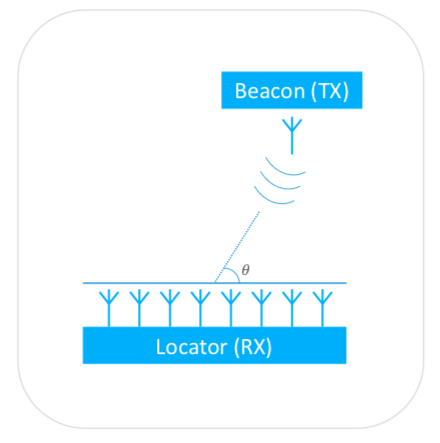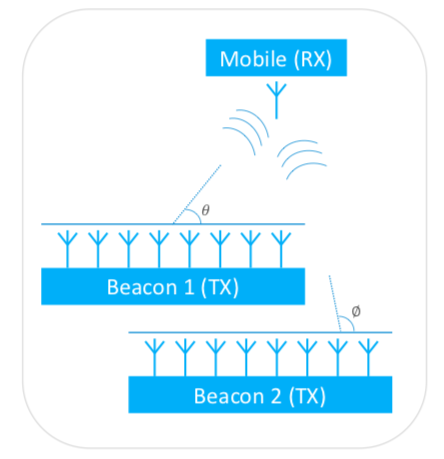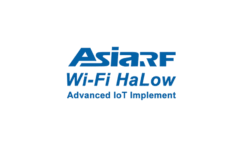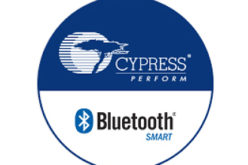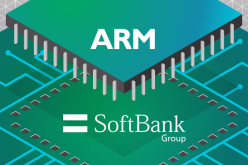Silicon Labs – BLE for Real Time Location Tracking
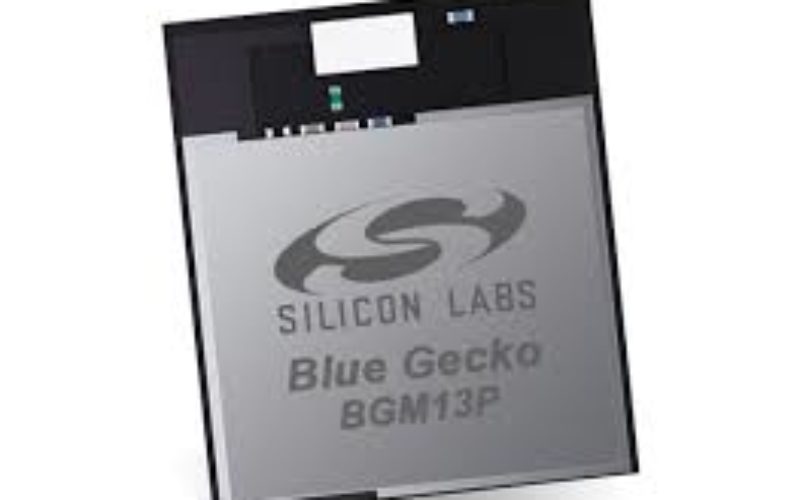
US-based fabless semiconductor firm Silicon Labs has introduced its new Bluetooth-based direction finding solution, which is said to be the industry’s most comprehensive connectivity solution for the Internet of Things.
The company’s retail, industrial and commercial customers can improve their location-based services like asset tracking, indoor navigation, space utilisation, and point-of-interest engagement, with the help of the direction finding feature added to Bluetooth in version 5.1 of the Bluetooth Core Specification.
Target is to get real-time estimates of object positions (or angles), in this case using RF-waves. This is done using upcoming technologies like Bluetooth Angle of Arrival and Bluetooth Angle of Departure. This can typically be used to track assets/people, finding yourself and many more solutions that will eventually come up. This technology of direction finding has already seen its application in areas like medical equipment, aviation, security applications, military etc.
Bluetooth AoA/AoD specifications developed by Bluetooth SIG are mature but not yet final.
In Angle of Arrival, the tracked device is sending special beacon signal using 1 antenna. Receiver devices are locators that can have multiple antennas in an array, Take IQ samples and continuously switching between multiple antennas and calculating the angle on these multiple inputs. These receiving antennas will theoretically see phase difference because of different line of sight distances to Tx.
In Angle of Departure, the fundamental idea of measuring phase difference is the same with role of the devices swapped. The tracked device uses only one antenna, becoming devices use multiple antennas. From application point of view , the fundamental difference to Angle of Arrival is that the receiving device can calculate its own position in the space using angles from multiple beacons and their positions. The receiving device tracks arrival angles for individual objects. The expected accuracy with right algorithms can be till half a meter. Measuring RSSI / distance data can open up multiple possibilities.
Typical Applications
- Where’s my car in the parking lot
- Find your way out or within a shopping mall
- Navigations within any buildings
- Tracking people across a company, children in school etc.
To date, Bluetooth asset tracking and indoor position solutions have usually provided location accuracy within a range of three-four metres. But the newly added direction-finding feature claims to allow devices to locate the direction of a Bluetooth signal within five degrees, supporting several methods for determining signal direction including angle-of-arrival (AoA) and angle-of-departure (AoD). Now, with this new Bluetooth 5.1 solution, developers can create products that improve location accuracy down to the sub-1-metre level.
The Bluetooth 5.1 also helps developers improve smart home connection performance using GATT caching functionality.






